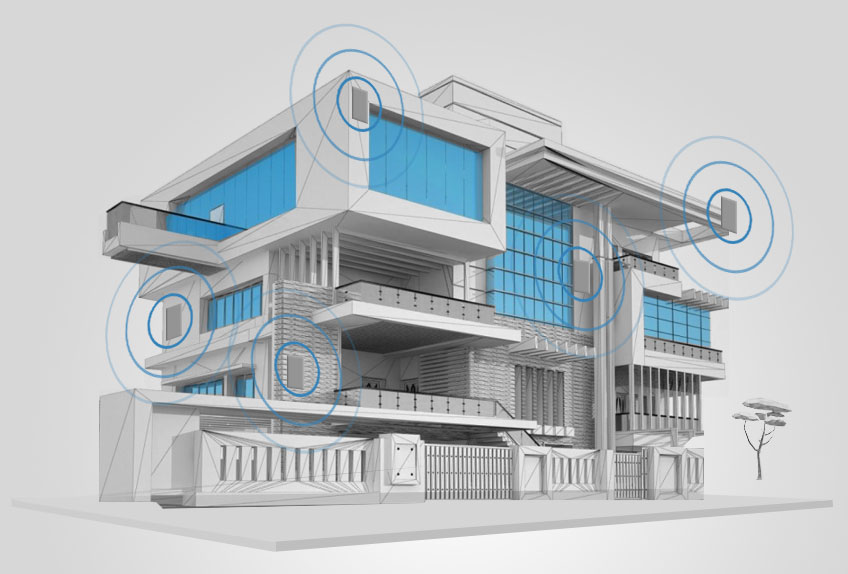Whether it’s Distributed Antenna Systems (DAS) or Small Cells we’re talking about, both have one essential function. They help improve in-building cellular connectivity, a priority for all realtors and property owners. Besides this, the similarities end pretty much right here. Neither can these technologies be used interchangeably, nor do they have a similar design, installation, or deployment framework. So if you’re not a professional in network or connectivity design, how do you choose between them both? We’re here to answer these questions.
Differences Between Small Cell & DAS
The main difference between DAS and Small Cell is regarding how systems are configured and operated. A small cell has individual nodes consisting of their own single power supply and function on their own. However, in the case of DAS, all antennas are connected to a remote function as a single unit. This also makes a huge difference in the backhaul pipe design where each small cell requires its own connection where a DAS setup would need only one backhaul pipe for the entire system.
Another major difference is connectivity to multiple carriers. DAS is much more versatile in this regard as it can support several frequencies whereas small cells generally support only fewer frequencies. This means that if you’d like to accommodate multiple carrier systems within your property, DAS is the best bet.
The last major difference comes in terms of users that can be handled. Typically DAS systems are connected to a base transceiver station that can handle up to 2,000 users. A single small cell can support only up to 30 people.
Differences in Installation
There may be a number of installation challenges that may come up while installing these challenges which is why we always recommend getting a professional. For example, DAS systems rely on local towers, so if the closest tower is still considerably far or weak then you may need a different solution altogether. That said passive DAS networks with a coaxial cable are relatively easier and more cost-efficient to install than active DAS solutions that require fiber optic cables.
When it comes to small cells, the biggest problem comes in linking each piece of equipment back to the larger network; and if your property has open spaces then this may be a bigger problem than you might think.
Choose The Right Wireless Partner
Truth be told it is best to find a networking solution that is customized for your property. And choosing between DAS & Small Cell requires a fair amount of communications network knowledge and property awareness. This is why it’s essential to choose the right people to help you with your connectivity needs especially in the modern age where everything is digital and 5G becomes more popular.
Here’s where we come in. From choosing the right option, designing a network solution, procurement of technology and installation, we’re with you through the entire process. And we also offer post-installation services and maintenance to ensure your property is well connected within the local guidelines and jurisdictional regulations. So if you’re looking to improve cellular connectivity at your property, please contact us at sales@ktcoverage.com or visit www.ktcoverage.com to learn more about us.


